Create A Romantic Garden Straight Out Of Bridgerton: Regency Era Romance In Your Garden
Try some romantic garden ideas straight out of Bridgerton. Flowers and gardens in the Regency era were lush and charming and you can get the same look!
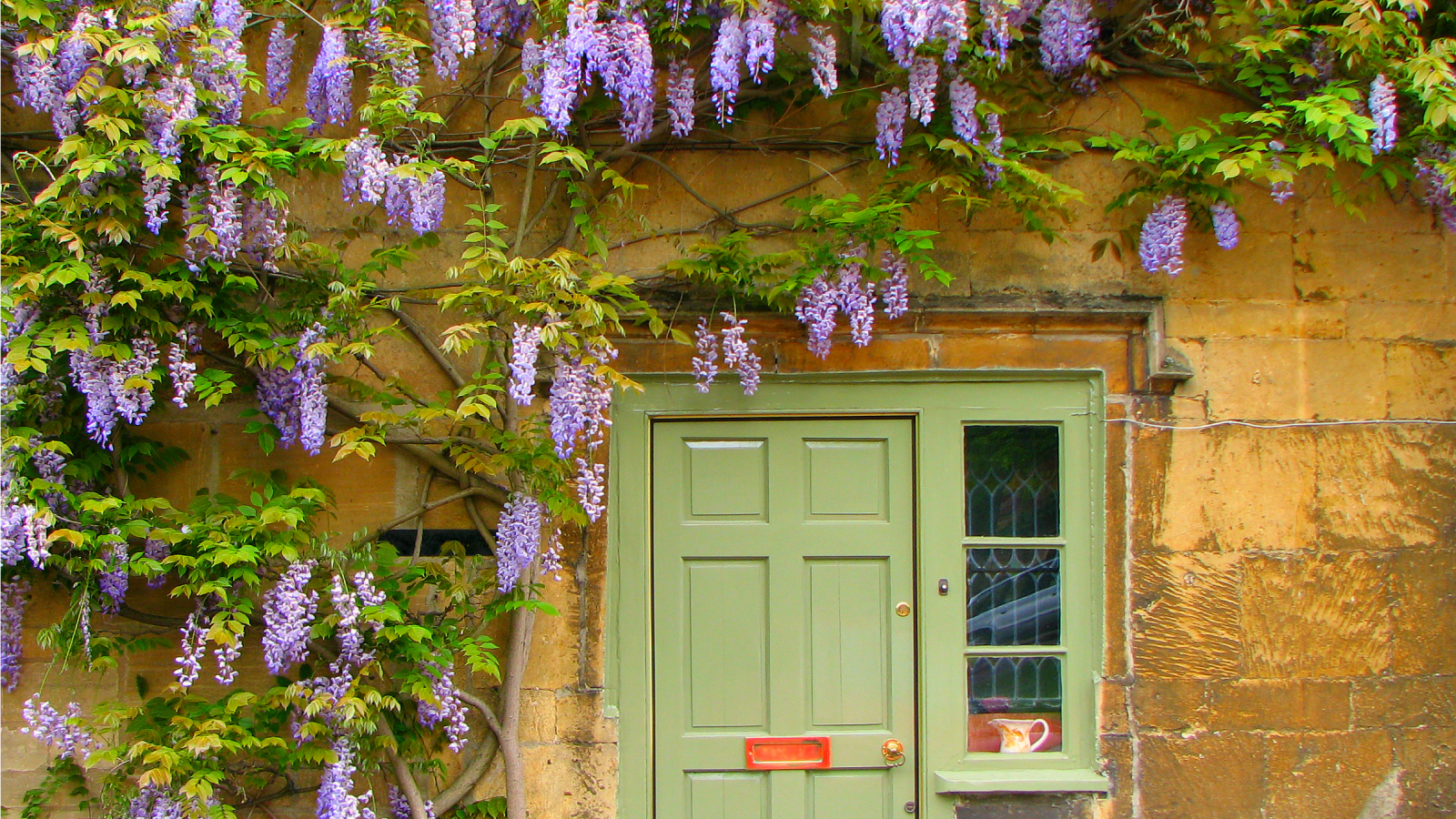
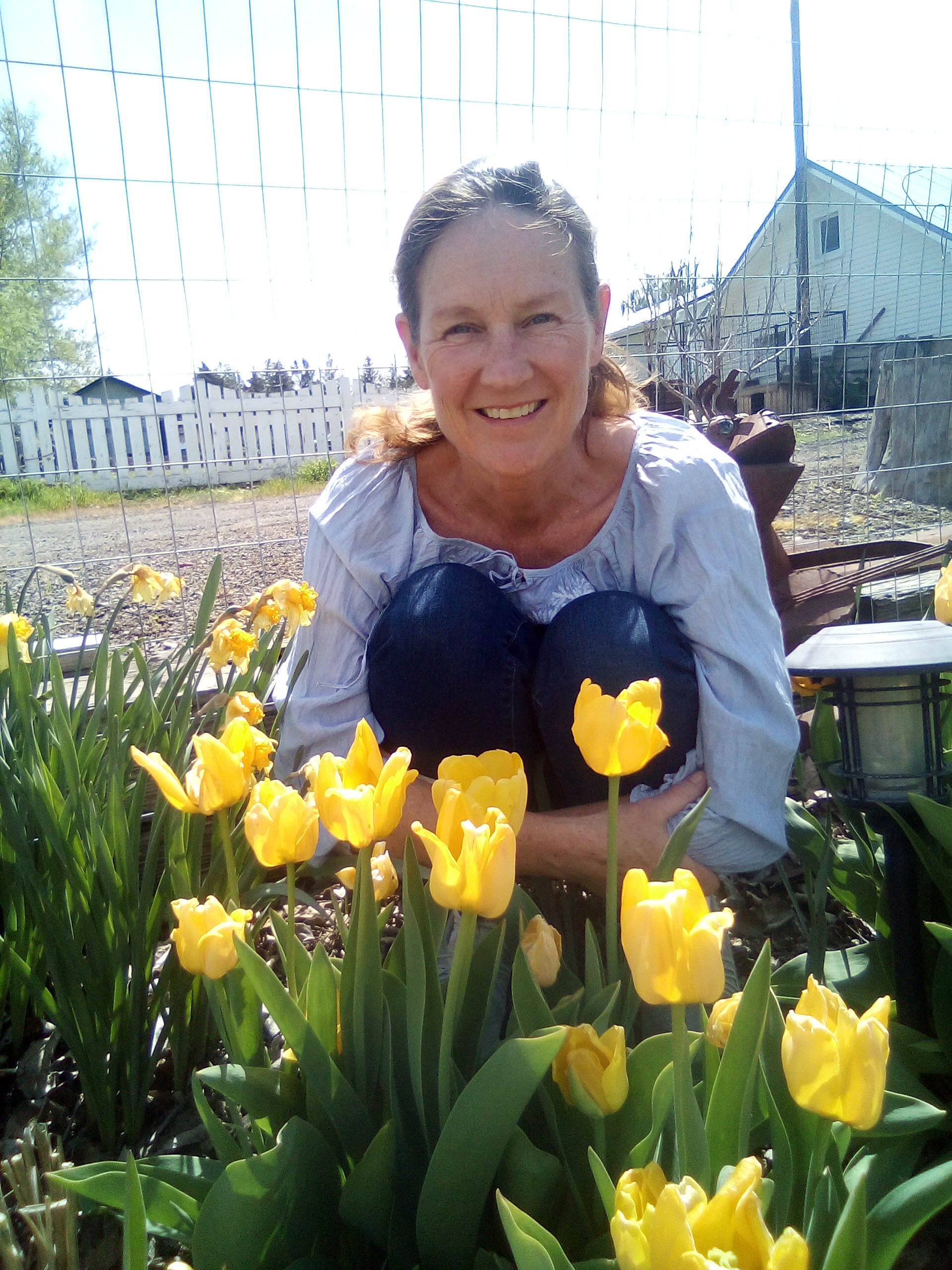
Fans of Bridgerton probably noticed the romantic garden settings in the wildly popular show. Bridgerton was set in the Regency era, a time of fashion and refined style. The high society of the period followed a practice of le bon ton, or good manners. Everything in society had a way it should be done, and anything that was done, was done with good manners. In Bridgerton, flowers show up in almost every scene. In the real historical era, these flowers would be the product of the formal gardens that were part of the estate. If you wish to live in this picturesque period, start by building a cutting garden.
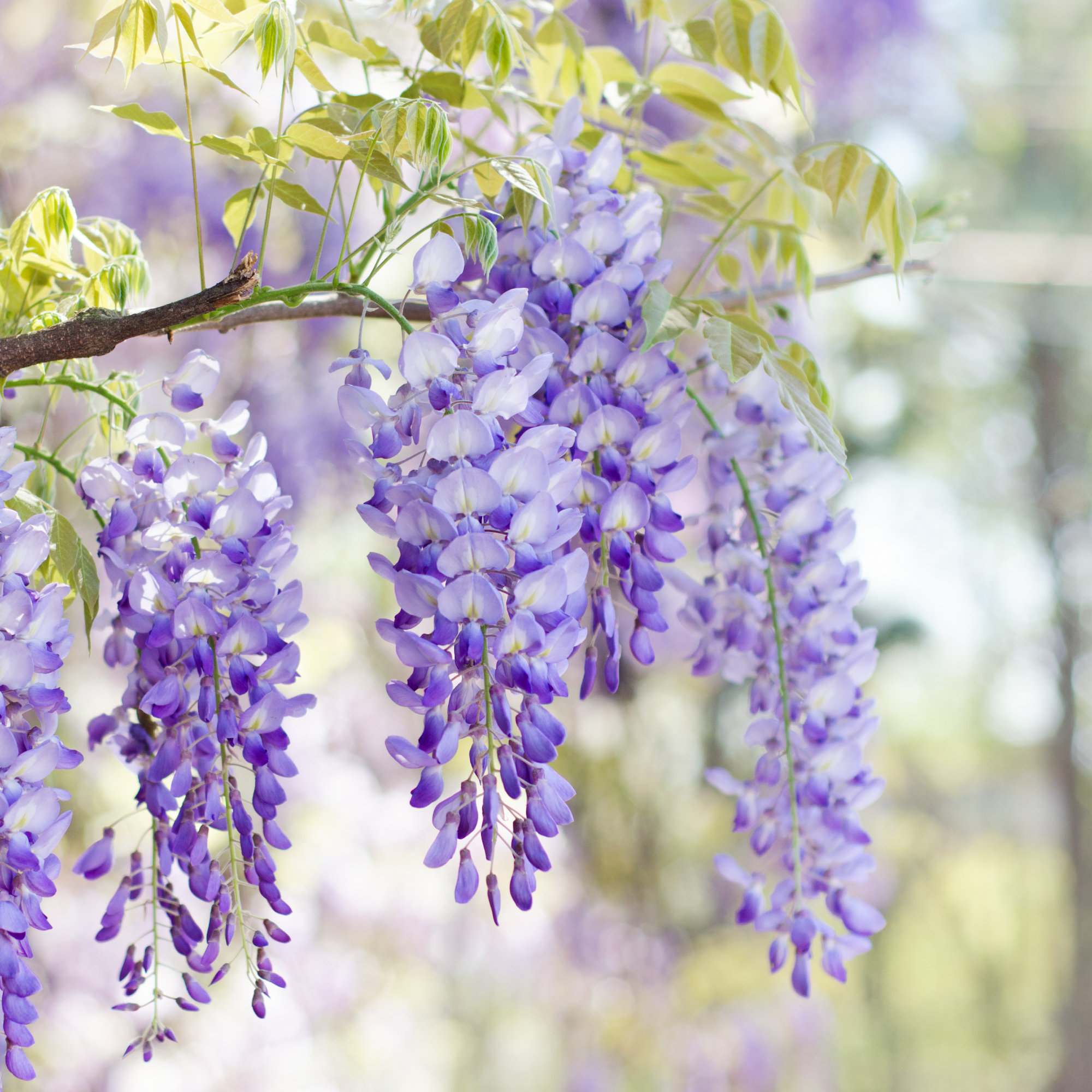
This breathtaking, fragrant wisteria vine is native and will attract pollinators and the envy of neighbors. Find in the Gardening Know How Shop.
Regency Era Gardens
Regency era gardens were full of beautiful flowers as well as herbs and vegetables. Herbs could be used for medicinal purposes and in kitchens of both great estates and more humble accommodations. Pleasure gardens could be very formal with well-manicured hedges and flower beds or they could have a more wild and free appearance. No matter the size or design, these gardens were both beautiful and useful.
Regency era gardens were not only characterized by the flowers, they were filled with spectacle, beauty, and gossip. They were places of pleasure where benches were tucked away in private nooks and pathways led the strolling gentlemen and ladies to places of beauty. Even those without private formal gardens could recreate in the public gardens. Often these would host entertainments such as dances and dinners. Pleasure gardens were a primary space for young men and women to interact freely and the flowers only enhanced the romantic atmosphere. A great way try and get this pleasure garden feel is to start a cut flower garden for beginners.
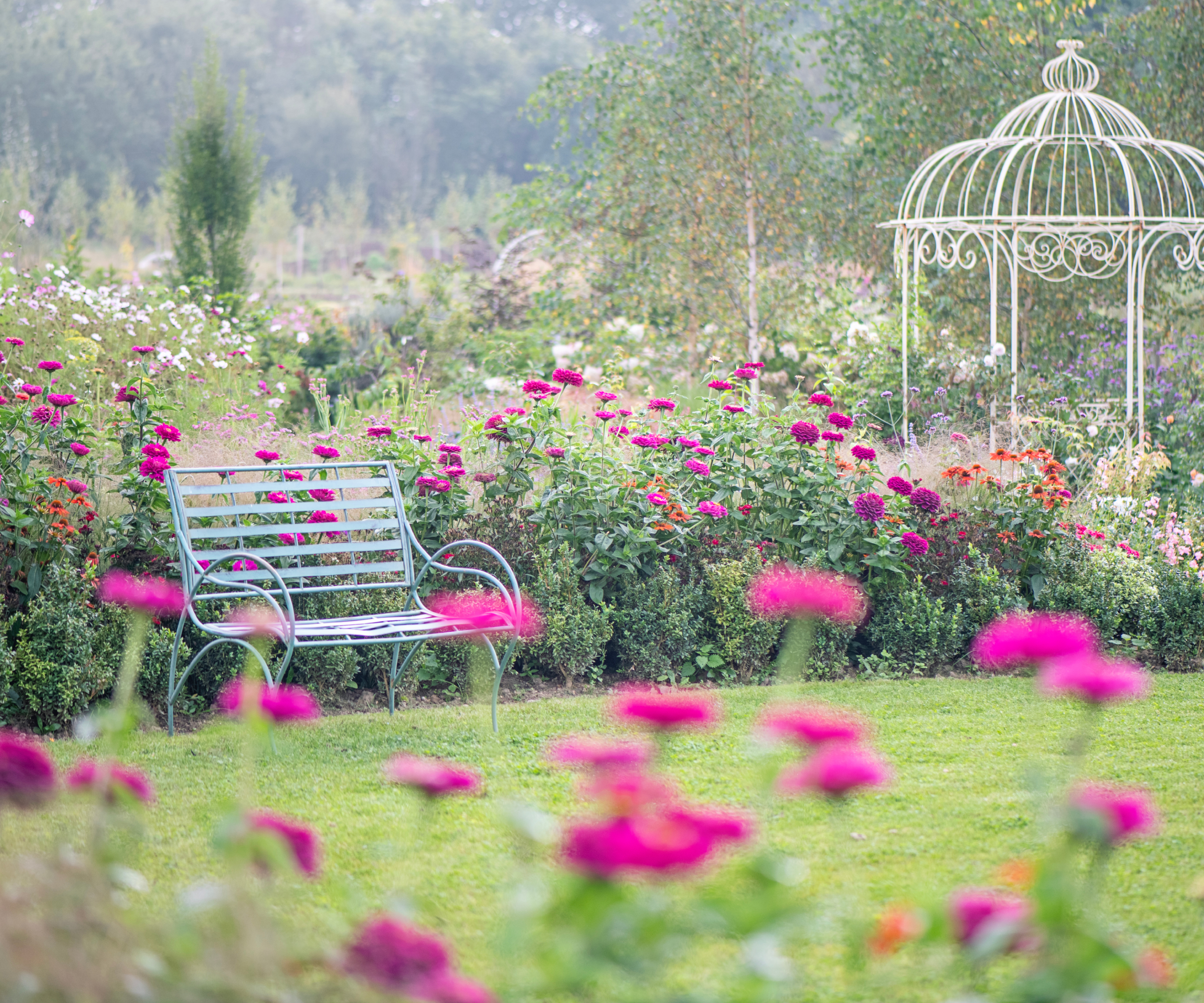
Wisteria
Wisteria is known for its clusters of lavender to blue flowers that cascade from the twining, woody stems. There are Chinese, Japanese, and American wisterias, but the Asian variety can become invasive. The Asian varieties bear more fragrance than the American wisteria plants, but this native beauty is an important host for several butterfly species. The leaves are alternate, compound, and average 1 foot (.3 m.) in length. Wisteria produces strong vines that twine around anything in their path. For vertical training, they need very stout support.
Hyacinth
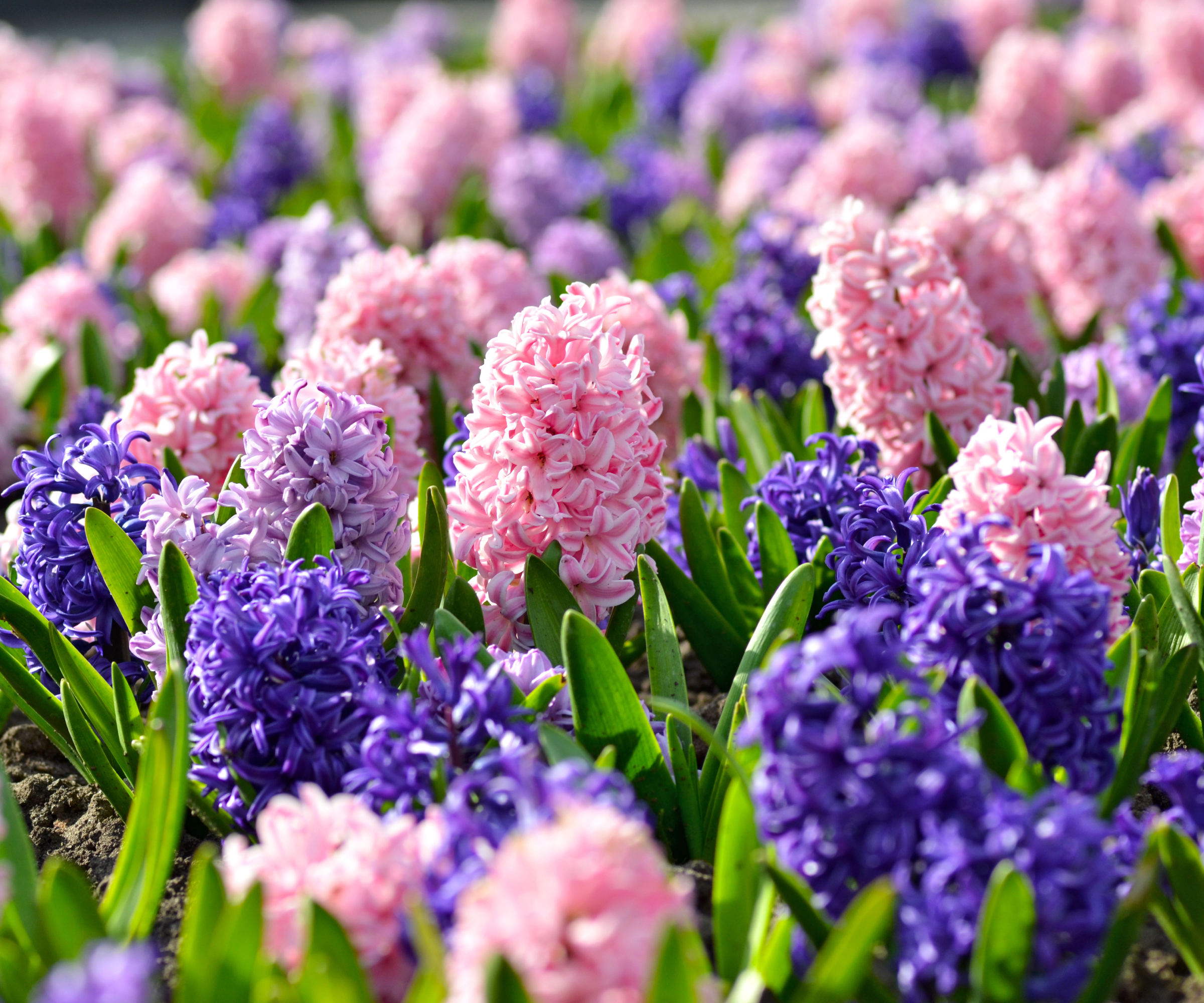
An intoxicating scent and attractive flower characterize hyacinths in the garden. This is a rather old-fashioned flower that stems from a bulb. The more common varieties are hues of purple, but there are also white and pink hybrids. The numerous small flowers are clustered into a cone shape. The blooms will last for up to 2 weeks and then should be cut off, allowing the slender leaves to gather solar energy and recharge the bulb. These gorgeous blooms will add a touch of romance and nostalgia to your garden and take you back in time.
Violet
All types of violets exude charm with their diminutive form and flowers that almost seem to have a face. Wild violets, or common blue violets, are native to North America where they colonize moist woods and wetlands. They spread by seed and rhizomes and can form dense mats of the brightly colored blooms. Interestingly, they have two kinds of flowers, the purple-blue and insignificant green blooms. It is these green flowers that ripen with seed and burst when dry, scattering seeds afar. They rarely get more than a few inches (7.62 cm.), a fact which enhances their diminutive, fairytale charm.
Rose
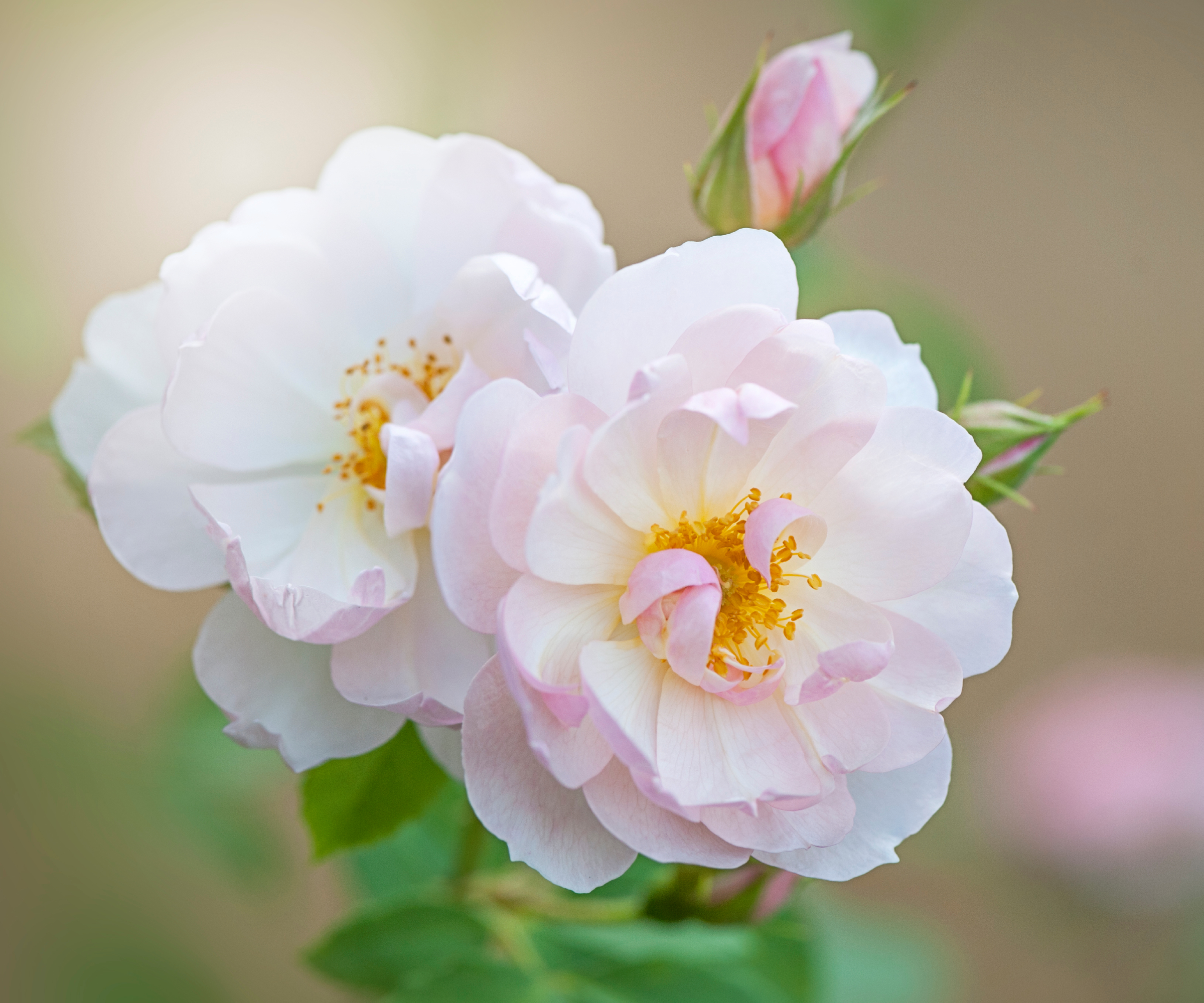
In older times, a garden wasn’t considered a garden without roses. Roses are the very definition of romance and passion. So much so that they have become the floral symbol for Valentine’s Day. Roses need quite a bit of care and they are prone to many diseases and pests, but devoted gardeners can achieve perfect blooms that perfume the garden with their heady scent. There are over 30,000 types of rose in seven different classes. The Gardening Know How Shop has a brilliant selection of roses that will bring romantic charm to your space. With all these options, there is certainly a rose for every garden.
Gardening tips, videos, info and more delivered right to your inbox!
Sign up for the Gardening Know How newsletter today and receive a free copy of our e-book "How to Grow Delicious Tomatoes".
Blue False Indigo
Another flower perfect for Bridgerton gardens is blue false indigo. This North American native is a long lived perennial plant that forms a clump adorned with dainty, deep blue, pea-like blooms. These flowers are primarily at the ends of the stems, giving the plant an airy, head in the clouds feel. The flowering racemes last just 2-3 weeks but the foliage is a soft bluish green and persists until the first frosts. This gorgeous native Blue Indigo can be found in the Gardening Know How Shop. This is an elegant plant with a history of medicinal use and reliable nature as it reappears every spring.
Tulip
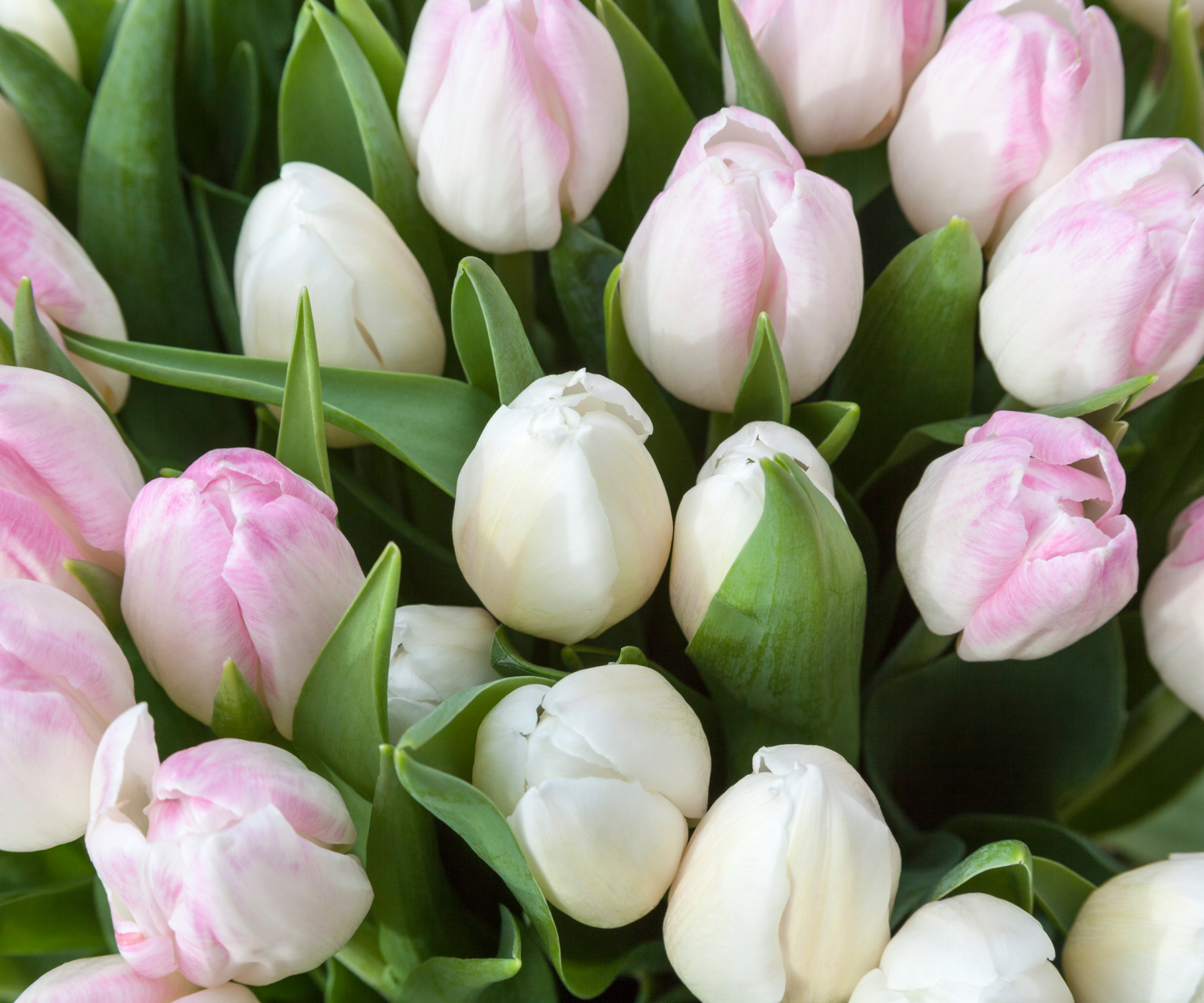
One of the most popular spring flowers are tulips. There are tulips in almost every color and many combine hues with varying patterns. There are also varieties with frilled or crinkled petals, and double petal forms. Tulips are grown from bulbs planted in fall. These bulbs need a chilling period to break dormancy and send out the large rabbit ear shaped leaves and cup-like flower. The plants were once so popular they were hugely expensive and even used as a sort of currency and fueled a historical event called 'Tulip Mania'. Today we have access to over 3,000 registered cultivars. Planted en masse, tulips form cheerful color strips that delight the eye, or could be part of a spring cutting garden.
Lenten Rose
Hellebores, or Lenten rose flowers, are so named because they begin to bloom around that holy time. The leaves are evergreen and pleasantly attractive with 7-9 glossy, green leaflets arranged in an umbrella pattern. The edges of the leaves are gently serrated. Often when there is still snow on the ground, the 1-2 inch (2.54-5.08 cm.) wide flowers begin to appear. What we think of as petals are actually sepals and these can remain on the plant for 1-2 months. They may be in hues of dusty pink, maroon, white, yellow, cream, salmon, apricot, and a delicate butter yellow variety Lenten rose is available in the Gardening Know How Shop.

More Romantic Garden Inspiration
- Check out these 8 romantic rose varieties to add fragrance and soft beauty to your new Bridgerton-inspired garden.
- Want some more international inspiration for your garden design? Explore these different types of gardens to try in your landscape.
- Try a time capsule garden to steal from historical garden designs and bring new life to these old trends.
- Want more ideas and inspiration delivered straight to your inbox? Sign up for the free Gardening Know How Newsletter.
This article features products available from third party vendors on the Gardening Know How Shop. Keep in mind that our plant inventory is limited - so if you’re thinking of purchasing, don’t wait!

Bonnie Grant is a professional landscaper with a Certification in Urban Gardening. She has been gardening and writing for 15 years. A former professional chef, she has a passion for edible landscaping.
-
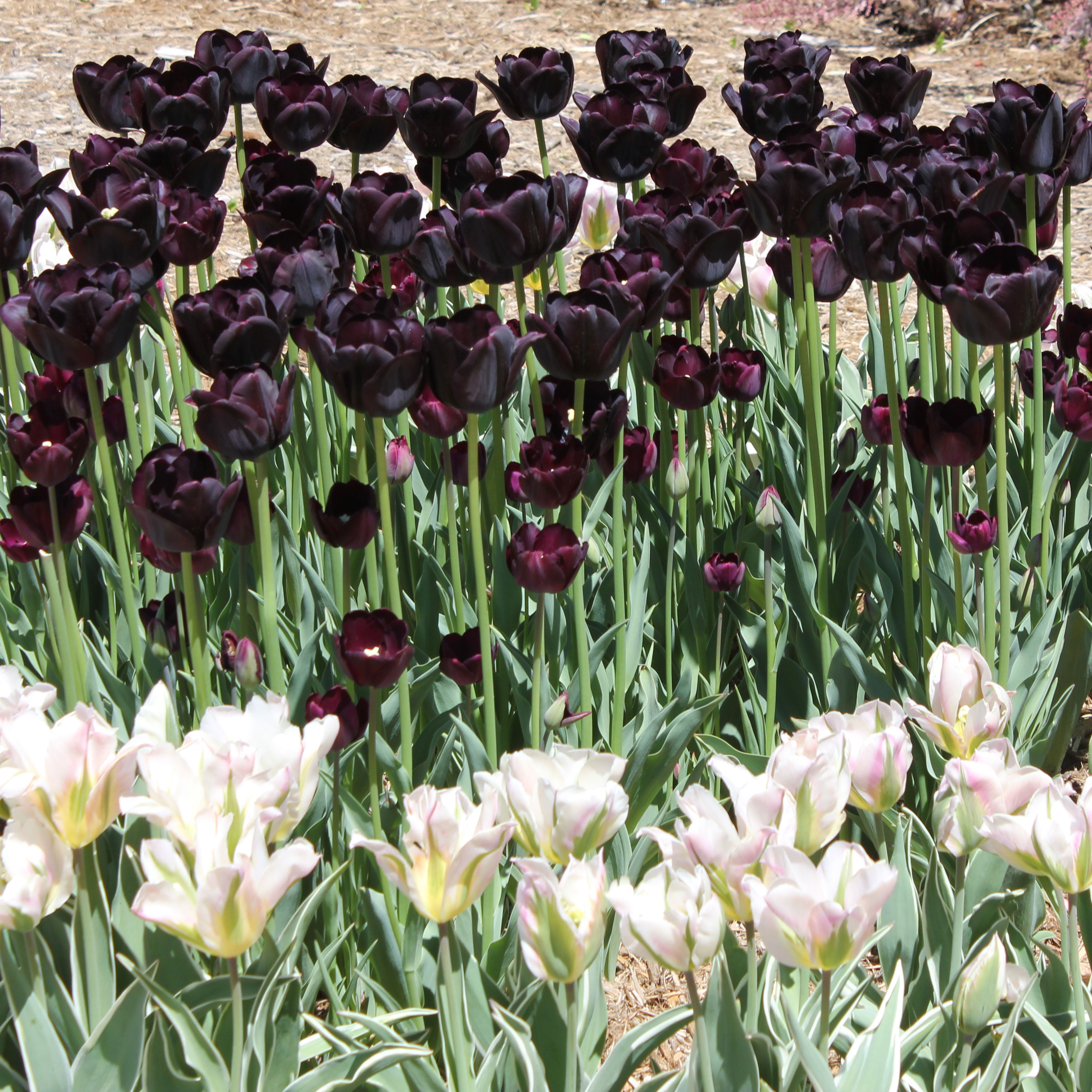 Moody Blooms For Spring: 8 Types Of Black Flowers To Add Drama To Spring Displays
Moody Blooms For Spring: 8 Types Of Black Flowers To Add Drama To Spring DisplaysFrom midnight burgundies to inky violets, several types of black flowers can enrich and embolden a spring display. Try these brooding bloomers for a moody garden
By Tonya Barnett
-
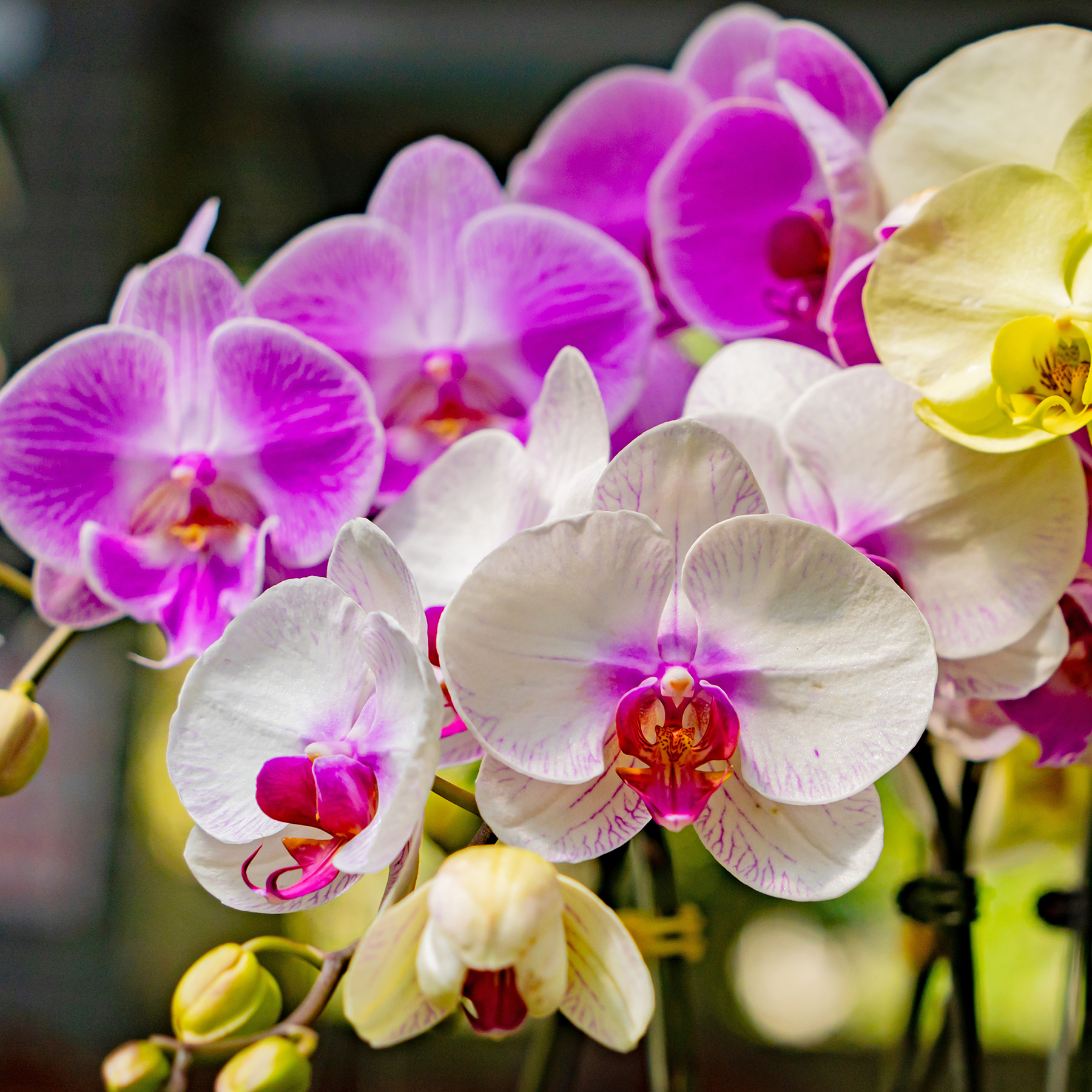 My Homemade Orchid Fertilizer Always Brings More Blooms – Here's The Easy Recipe That Transforms Plants
My Homemade Orchid Fertilizer Always Brings More Blooms – Here's The Easy Recipe That Transforms PlantsScientist-turned-gardener Mary Ellen Ellis shares her tried-and-tested DIY orchid fertilizer recipe, plus more ingredients to try for healthy, happy plants.
By Mary Ellen Ellis